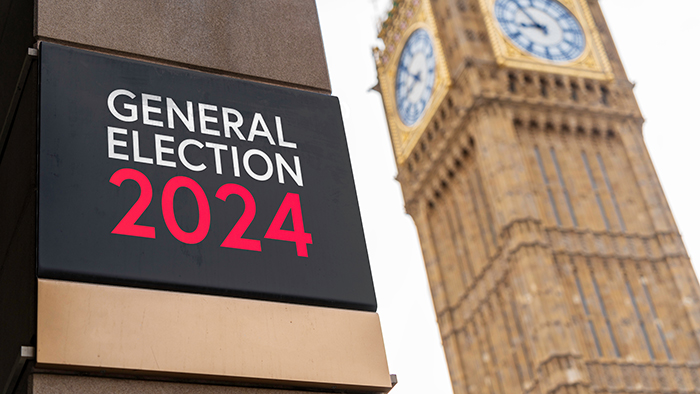
In the full month following the UK general election, homeowners in Labour and Lib Dem held seats have been increasingly likely to put their homes on the market.
This is according to the latest Hamptons Housing Market Metrics for July 2024. The data also reveals that while the number of new instructions across the UK increased by 13% compared to the same period in 2023, the number of homes coming onto the market in Lib Dem-held seats rose by 17% and Labour-held seats by 12%.
Conversely, the number of homes coming onto the market in seats still held by the Conservatives fell by 2%.
While the number of seats held by smaller parties is relatively low, proportionately, they saw the largest increase in homeowners coming onto the market. Areas in Independently held seats recorded a 60% increase in new instructions compared to the same period in 2023, while the number of new homes being marketed in the nine seats held by the Greens and Reform UK rose by 34%.
The uplift in homeowners deciding to sell has been largest in areas where seats changed colour. Parliamentary seats that changed hands saw a 17% uplift in the number of homes coming onto the market compared to the same time last year, while seats that didn’t recorded a 7% increase. Seats which remained red recorded an 8% uplift, while seats that stayed blue saw a 1% fall.
Since the election, homes have been selling more quickly. Just under a quarter (24%) of homes that came onto the market across Great Britain in the first half of July went under offer within two weeks. This is up from 15% during the same period in 2023 and up from 19% in the period leading up to the election this year (Jan 2024-Jun 2024).
While less political uncertainty has helped more people commit to purchases, falling mortgage rates over the month have been the main driver.
Homes in the North of England (North West, North East, Yorkshire & the Humber and Midlands), which generally sell quicker, have seen the biggest uplift. Here, 30% of homes that came onto the market in the first half of July found a buyer within two weeks, 14% more than the same period in 2023.
In the four Southern regions (London, East of England, South East and South West), 18% of homes sold within two weeks, up from 13% last year. Here, the pace of the market remains a little slower than the 2015-19 average, while in the rest of the country, homes are likely to sell more quickly than pre-Covid.
The share of sellers accepting big discounts from their asking price has fallen to the lowest level since mortgage rates spiked at the end of 2022. Just 2.2% of sellers in England & Wales accepted an offer which was more than 10% below their final asking price in July, down from a peak of 5.1% in December 2022.
Sellers increasingly believe that future prices are more likely to rise rather than fall, making them less amenable to accepting a lower offer.
Of the homes that came onto the market post-election and sold in the same month, sellers in England & Wales achieved an average of 100.7% of their asking price. This represents an uplift compared to the 99.4% overall average achieved by all sellers in July, regardless of when their home came onto the market.
Overall, sellers in July achieved an average of 99.4% of their final asking price, representing the highest proportion since September 2022 (100.2%), just before mortgage rates spiked the following month.
Sellers in the South of England have proved most open to negotiation, where vendors achieved 99.1% of their asking price on average last month. While across the Midlands (99.9%) and the North (99.6%), sellers have generally been able to hold out for a higher proportion of the asking price.
Commenting on the latest figures Hamptons head of research Aneisha Beveridge said: “While the election wasn’t a dealbreaker for many movers, more clarity about the political and economic future has encouraged more sellers to come to market. On the back of a post-election feel-good factor, those living in seats that leaned left have been increasingly likely to put their homes on the market.”
Beveridge added: “The new government’s honeymoon period has encouraged a slight pickup in activity across the housing market as a whole, but not a significant bounce.”



